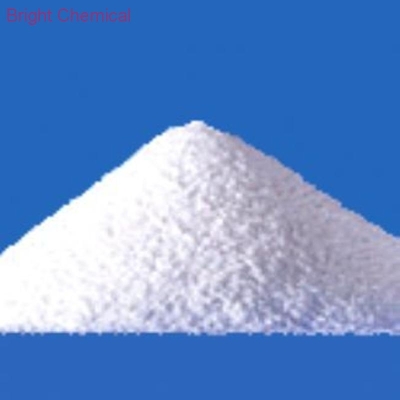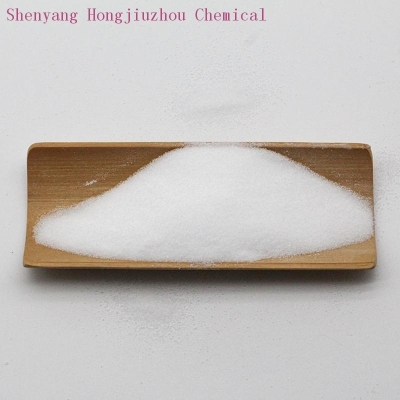-
Categories
-
Pharmaceutical Intermediates
-
Active Pharmaceutical Ingredients
-
Food Additives
- Industrial Coatings
- Agrochemicals
- Dyes and Pigments
- Surfactant
- Flavors and Fragrances
- Chemical Reagents
- Catalyst and Auxiliary
- Natural Products
- Inorganic Chemistry
-
Organic Chemistry
-
Biochemical Engineering
- Analytical Chemistry
- Cosmetic Ingredient
-
Pharmaceutical Intermediates
Promotion
ECHEMI Mall
Wholesale
Weekly Price
Exhibition
News
-
Trade Service
Chinese pickles are represented by Sichuan pickl.
Due to the unique flavor and taste of Sichuan pickles, Sichuan pickles have become an important raw material and seasoning for Sichuan cuisin.
The microbial community composition of kimchi raw materials directly affects the quality of kimchi product.
In order to positively regulate the quality of kimchi, the research group of Professor Suo Huayi and Associate Professor Zhang Yu from the School of Food Science of Southwest University, a member of the Chongqing Key Laboratory of Specialty Foods jointly established by Sichuan and Chongqing, has made a series of research progress in the quality control of kimc.
The results have been published in international journals such as Food Chemistry, Food Science & Nutritio.
Due to the unique flavor and taste of Sichuan pickles, Sichuan pickles have become an important raw material and seasoning for Sichuan cuisin.
The microbial community composition of kimchi raw materials directly affects the quality of kimchi product.
In order to positively regulate the quality of kimchi, the research group of Professor Suo Huayi and Associate Professor Zhang Yu from the School of Food Science of Southwest University, a member of the Chongqing Key Laboratory of Specialty Foods jointly established by Sichuan and Chongqing, has made a series of research progress in the quality control of kimc.
The results have been published in international journals such as Food Chemistry, Food Science & Nutritio.
This study analyzed the microbial structure of kimchi using high-throughput sequencing technology and identified key microbial communities based on the physicochemical properties associated with kimchi quali.
The results showed that bacterial diversity levels were significantly reduced during fermentation, while fungal diversity was inconsistent across different α-diversity indic.
Firmicutes and Proteobacteria were the predominant phyla in all sampl.
Lactic acid bacteria are the dominant bacteria at the genus and species lev.
The correlation between fungi and physicochemical properties was weak, and bacterial species such as Lactobacillus plantarum, Lactobacillus acetoxyresistance, and Welchia wilfordii were significantly correlated with physicochemical properti.
Overall, this study identifies key microbial communities in kimchi and discusses their functional roles in contributing to the sustainable production of high-quality kimc.
The results showed that bacterial diversity levels were significantly reduced during fermentation, while fungal diversity was inconsistent across different α-diversity indic.
Firmicutes and Proteobacteria were the predominant phyla in all sampl.
Lactic acid bacteria are the dominant bacteria at the genus and species lev.
The correlation between fungi and physicochemical properties was weak, and bacterial species such as Lactobacillus plantarum, Lactobacillus acetoxyresistance, and Welchia wilfordii were significantly correlated with physicochemical properti.
Overall, this study identifies key microbial communities in kimchi and discusses their functional roles in contributing to the sustainable production of high-quality kimc.
The results showed that Lactobacillus fermentum SHY10 could inhibit the effect of the "raw flower" of kimchi, mainly the sterile supernata.
The aseptic supernatant of Lactobacillus fermentum SHY10 treated with different proteases had no inhibitory effect on the film-producing bacteria or was significantly weakened, indicating that the active ingredient of the sterile supernatant to inhibit the film-producing bacteria was protein substanc.
This study not only shows that the sterile supernatant of Lactobacillus SHY10 as a bacteriostatic agent has broad prospects in the phenomenon of "flowering" in kimchi, but also provides theoretical support for the study of the mechanism of the inhibition of film production in kimc.
The aseptic supernatant of Lactobacillus fermentum SHY10 treated with different proteases had no inhibitory effect on the film-producing bacteria or was significantly weakened, indicating that the active ingredient of the sterile supernatant to inhibit the film-producing bacteria was protein substanc.
This study not only shows that the sterile supernatant of Lactobacillus SHY10 as a bacteriostatic agent has broad prospects in the phenomenon of "flowering" in kimchi, but also provides theoretical support for the study of the mechanism of the inhibition of film production in kimc.







